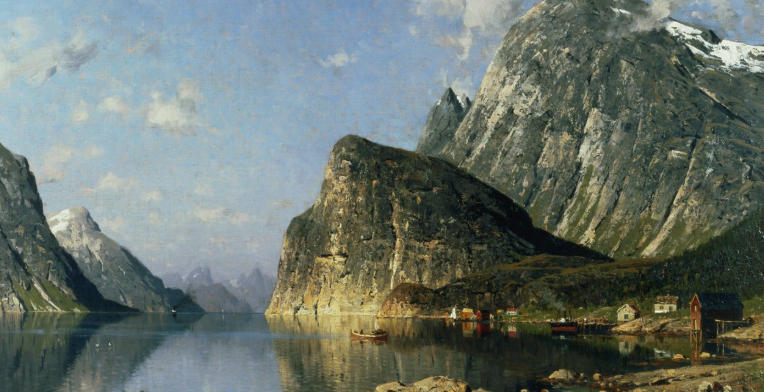The Geography of Northern Fjord Landscapes
Northern fjord landscapes are remarkable natural formations that captivate visitors with their stunning beauty and complex geology. These deep, narrow inlets carved by glacial activity are primarily found in regions such as Norway, Iceland, and parts of Canada and New Zealand. Understanding fjords not only enhances our appreciation of these spectacular settings but also highlights their ecological importance and role in climate history.
The Formation of Fjords
Fjords are formed through a combination of glacial activity and sea-level changes. During the last Ice Age, massive glaciers advanced, carving U-shaped valleys into the landscape. As the climate warmed and glaciers retreated, seawater flooded these valleys, creating the deep inlets we see today. This unique geography results in breathtaking cliffs, steep mountains, and serene waters. Over time, fjords have also developed distinct ecosystems, supporting diverse marine and terrestrial life that thrive in this dramatic environment.
Ecological Significance
Northern fjords serve as crucial habitats for a variety of species. The mixing of freshwater from rivers and saltwater from the ocean fosters rich biodiversity, making these areas popular for fishing and marine tourism. Species such as salmon, otters, and a variety of seabirds rely on fjord ecosystems for breeding and feeding. Furthermore, fjords act as indicators of climate change; fluctuations in water temperatures and ice melting patterns can impact these delicate ecosystems, serving as a barometer for global environmental shifts.
Cultural and Economic Importance
The geography of northern fjord landscapes has shaped the cultural heritage of the communities that reside nearby. These stunning terrains attract tourists worldwide, raising awareness about their beauty and ecological significance. Local economies often depend on tourism, fishing, and maritime activities, making sustainable practices essential. By embracing eco-tourism and conservation efforts, these communities strive to protect their unique landscapes while providing visitors with immersive experiences that celebrate the beauty of nature.
In conclusion, the geography of northern fjord landscapes is a fascinating blend of natural history, ecological importance, and cultural significance. By learning more about these remarkable environments, we can appreciate their beauty and the need for conservation efforts. If you’re intrigued by the magnificence of fjords, consider exploring these regions for yourself, or delve deeper into understanding their ecological and cultural impact.

